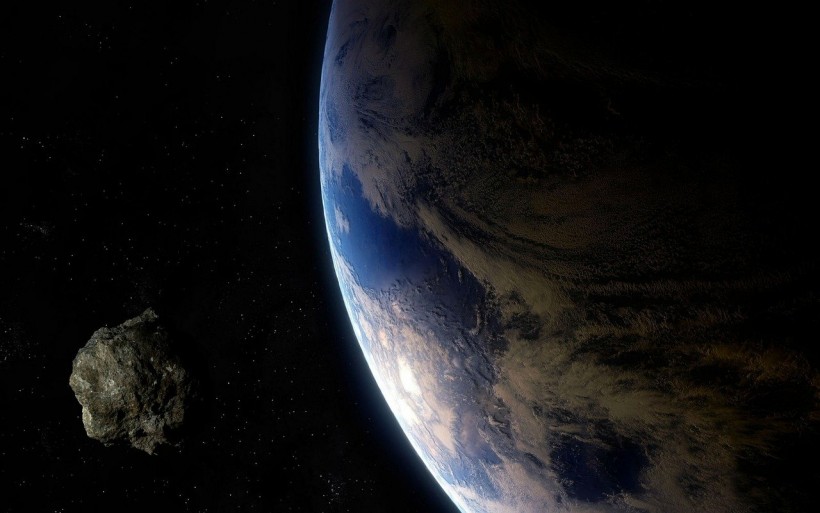Numerous asteroids approach closer to Earth than the Moon annually, but catastrophic collisions are rare. A recent study, titled "Tidal disruption of near-Earth asteroids during close encounters with terrestrial planets" available in the pre-print server arXiv, suggests Earth employs its intense gravitational forces as a built-in defense against asteroid threats.

Earth's Secret Weapon: How Gravity Defends Against Asteroid Threats
Earth's Gravitational Forces and the Mystery of Overlooked Asteroids
Planets and moons' massive masses exert significant gravitational forces on nearby objects, causing tidal forces. These tidal forces, akin to those explaining Earth's tides caused by the moon, can be so intense that objects undergo tidal disruption, where they are torn apart.
In 1994, observers witnessed the potent impact of tidal disruption when fragments of comet Shoemaker-Levy 9, torn apart by Jupiter's tidal forces two years prior, collided with the gas giant. Despite this spectacle, astronomers struggled for decades to find evidence of Earth or other terrestrial planets tidally disrupting passing asteroids or comets.
Mikael Granvik, a planetary scientist at Sweden's Luleå University of Technology, initiated a search for gravitationally torn near-Earth asteroids (NEAs) a decade ago but encountered challenges in identifying specific families due to rapid background mixing.
Granvik's breakthrough came in 2016 when he collaborated on a model predicting asteroid trajectories based on size and distance from the sun. Comparing their model with seven years' worth of observations from NASA's Catalina Sky Survey, which detects NEAs, revealed a significant underestimation of certain asteroids.
Particularly, those observed at the distances corresponding to Earth and Venus orbits were notably overlooked, with most being small asteroids following circular paths within the same plane as Earth and Venus orbits.
This discrepancy led researchers to reevaluate their understanding of tidal disruption, suggesting that Earth's gravitational forces might be causing these asteroids to break apart into smaller fragments. The findings challenge previous assumptions and highlight the complexity of interactions between celestial bodies in our solar system.
READ ALSO: Newly Discovered Near-Earth Asteroid Will Safely Be at Its Closest to the Planet on Friday
Tidal Disruption Unveils Asteroid Secrets
Granvik's breakthrough moment occurred when he recognized that peculiar asteroids might be fragments resulting from the tidal disruption of larger ones.
Collaborating with Kevin Walsh of the Southwest Research Institute, they explored a scenario where encounters with rocky planets caused asteroids to shed 50-90% of their mass, generating streams of fragments. Their model successfully explained previously unaccounted-for asteroids, proposing tidal disruptions as the underlying cause.
Further simulations indicated that these fragments persist for an average of 9 million years before potential collisions with the sun, planets, or ejection from the solar system. While Earth's tidal disruption aids in managing asteroids, it also leads to the creation of additional NEAs, potentially raising risks.
Granvik reassures that these smaller fragments, measuring less than 0.6 miles (1 kilometer) in diameter, do not pose extinction-level threats. Nevertheless, they do enhance the likelihood of events similar to the Tunguska and Chelyabinsk impacts in recent history.
RELATED ARTICLE: Tidal Disruption Event Results in Spaghettification When a Star Wanders Too Close to a Black Hole, Showing Violent Events in Galaxy
Check out more news and information on Space in Science Times.














